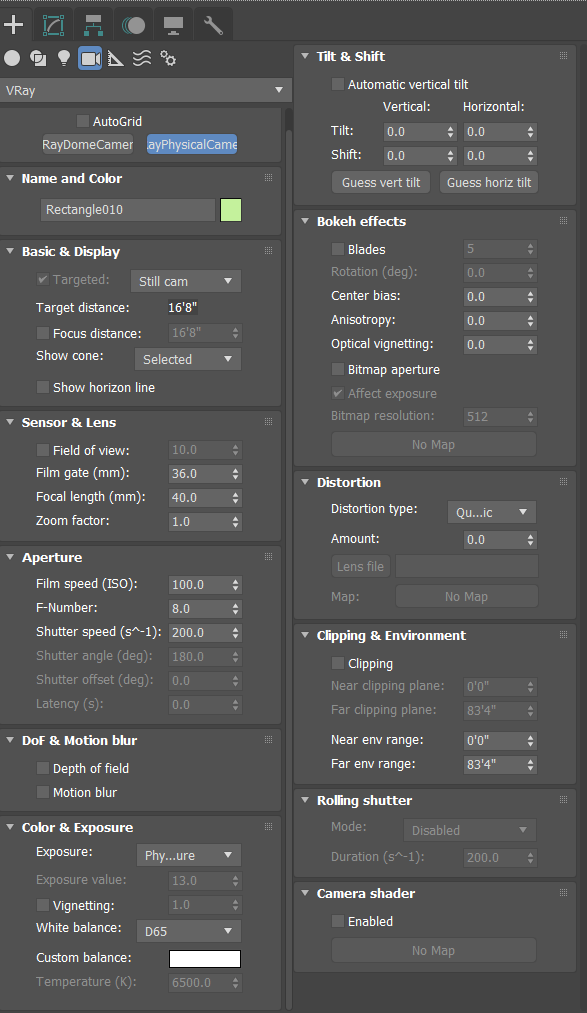Although Vray is a powerful renderer, mastering the camera settings is essential to realizing all of its potential. It is possible to take your renders from good to amazing by going above and beyond the basics. This article on the blog will give you all the details you require to:
-
Create Captivating Compositions:
Discover how to direct the viewer’s gaze and establish a focal point in your scene by mastering the use of focal length, aperture, and depth of field. Examine methods for simulating the impact of cinematographers by achieving dramatic wide angles or isolating important elements with a short depth of focus.
-
Achieve Perfect Exposure:
Harness the power of Vray’s Physical Camera mode to achieve a natural and balanced exposure. Understand the interplay between Exposure Value, F-number, Shutter Speed, and ISO, and how to adjust them to capture the ideal amount of light and shadow detail, just like a real camera.
-
Simulate Real-World Effects:
Take your renders to the next level by implementing advanced camera effects like motion blur. Breathe life into dynamic scenes by adding a subtle blur that simulates movement, mimicking the effect you’d see in a fast-paced action shot.
-
Explore Creative Freedom:
Unlike real-world cameras, Vray offers the freedom to experiment with extreme settings. Play with exaggerated depth of field for a dreamy aesthetic or push the boundaries of focal length for dramatic distortion effects. Remember, even when pushing the limits, aim for a result that feels intentional and complements your artistic vision.

Pro Tips for Mastering Vray Camera Settings:
-
Reference Photography:
Draw inspiration from real-world photographs. Analyze how photographers use camera settings to create specific moods and compositions. This will give you a strong foundation for applying these techniques within Vray.
-
Experiment and Iterate:
Don’t be afraid to experiment with different camera settings. Each scene is unique and will require adjustments to achieve the desired effect. Render previews are your friend – use them to test and refine your approach.
-
Balance Realism and Artistic Expression:
While Vray excels at photorealism, remember that your renders are ultimately a form of artistic expression. Don’t be afraid to break the mold and use camera settings to create a unique and stylized visual language.
By mastering these advanced Vray camera settings, you’ll gain the power to transform your renders from flat images to captivating scenes that tell a story and evoke emotion. So, unleash your inner director, grab your virtual camera, and get ready to create stunning visuals that will leave a lasting impression.
